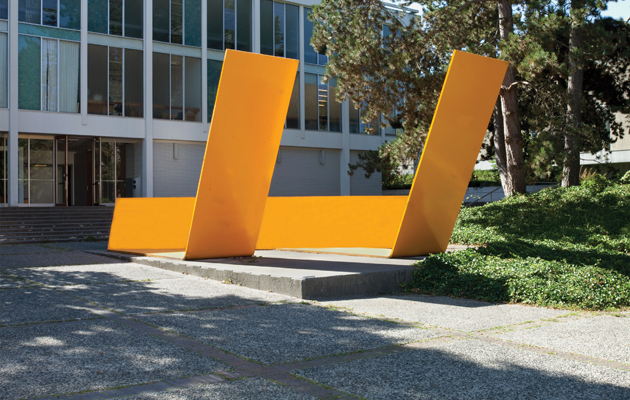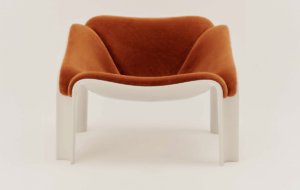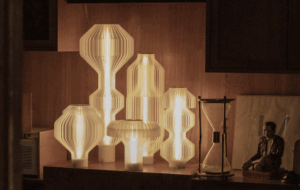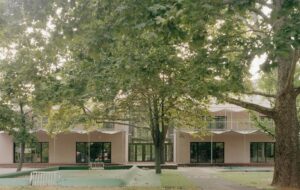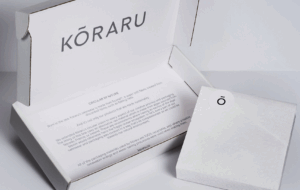|
|
||
|
These days, there’s more to public art than afflicting parks with random chunks of steel. But even good examples often seem to infuriate more than they inspire, says the novelist and artist It’s always amazed me what incredibly low expectations people have for public art, which, as an art category, is a pretty recent form. In the late 1990s it got to the point where people basically said, “Yes, of course, the chunk of steel or the painted piece of steel thingy … put it over there. Thank you.” It was a box to tick off at the end of a construction project. If you asked school children to draw a piece of public art, they’d probably draw a black steel box. I remember, growing up, there was one of Vancouver’s first public artworks on the roadway that leads to the airport. It was called Cumbria by Robert Murray, several sheets of corten steel painted yellow. It cost $40,000 and it incensed my mother every single time she saw it, to the point where everyone in the family car shut down completely as we approached it, waiting for the anti-public art jeremiad that Cumbria invariably triggered. I think that Cumbria ruined every single trip my mother ever started at that airport. In 1993 the work was removed with bulldozers and badly damaged. In 1995 a refurbished version was donated to the University of British Columbia, where it can no longer hurt my mother. The larger point here is that public work has come a long way since the days when the default expectation of the public-art process was a generic painted-steel thingy. Nowadays people expect almost anything can happen with public art, which means that it’s all about possibilities now, which means that it’s closer to being, well, art. The downside of this new era of possibilities in public art is that sometimes a work isn’t a good fit for the location, so what a work gains in quality, it loses in context, and the always slightly inflamed relationship between the public and public art erupts again, but in a different way than in the days of painted corten steel. Plus ça change. Douglas Coupland’s latest book, The Age of Earthquakes: A Guide to the Extreme Present, written with Shumon Basar and Hans-Ulrich Obrist, was published this year by Penguin Books |
Words Douglas Coupland
Above: Cumbria by Robert Murray, the object of Mrs Coupland’s ire |
|
|
||

